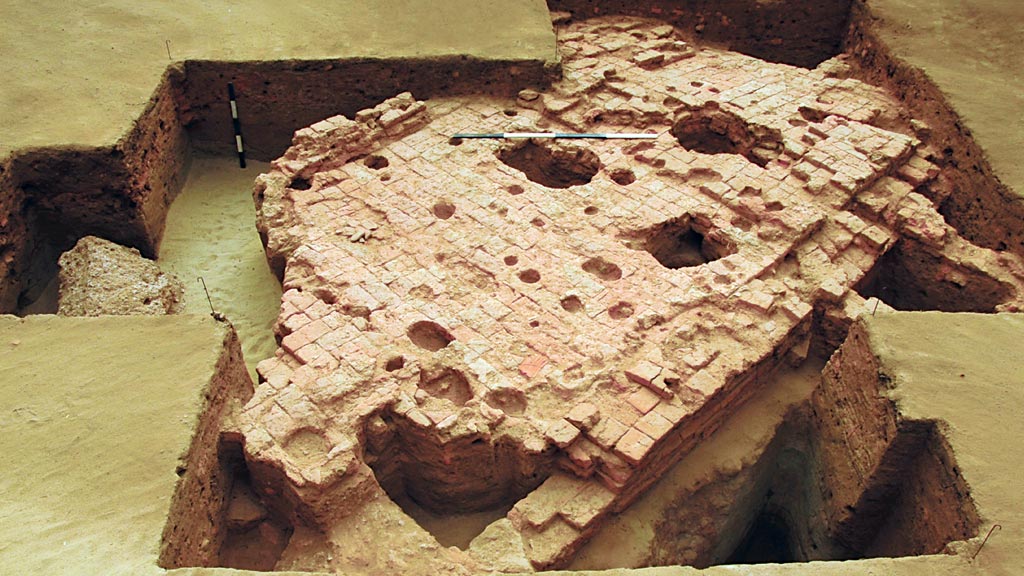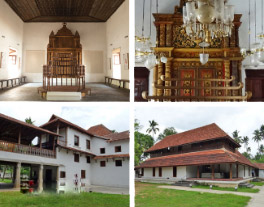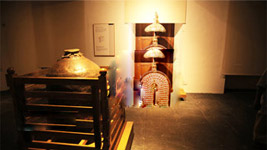Pattanam

Until recently, Pattanam, an ancient town in Kerala located 30 kms north of Cochin in Ernakulam district, hid stories about its own majestic past. In yester years, it was an early historic urban settlement and an important maritime trading hub. But these facts came to light only after the Pattanam excavations, the first-ever multi- and trans-disciplinary excavations in Kerala state, began.
Pattanam excavations which started in 2007 under the leadership of the Kerala Council of Historical Research (KCHR) have unearthed artefacts through eight seasons. Sixty-one trenches have been excavated so far, which contribute to around only one percent of the archaeological mound. Zoological evidence such as human bone fragments and teeth, immoveable elements including brick architecture, burnt clay floors, wharf with bollards and a canoe parallel to it, toilet features, ring wells, storage jar and a large volume of artefacts, potsherds, non-Indian pottery sherds, etc. were the major findings there.
The objects and the features from the archaeological mound point to a continuous settlement from 2nd century BCE to 10th century CE. The excavations also throw light on the maritime connections across the Indian Ocean, the Red Sea and the Mediterranean Sea. The finds and location also suggest the possibility of “Pattanam” being the ancient “Muziris” or “Muchiripattanam”. The artefacts and objects collected from the mounds are classified, documented and are now displayed in the site museum at Pattanam.

